

The drop in rainfall has forced the Panama Canal to restrict maritime traffic. The problem with the water supply threatens the viability of this important maritime route that connects the Atlantic and Pacific Oceans.
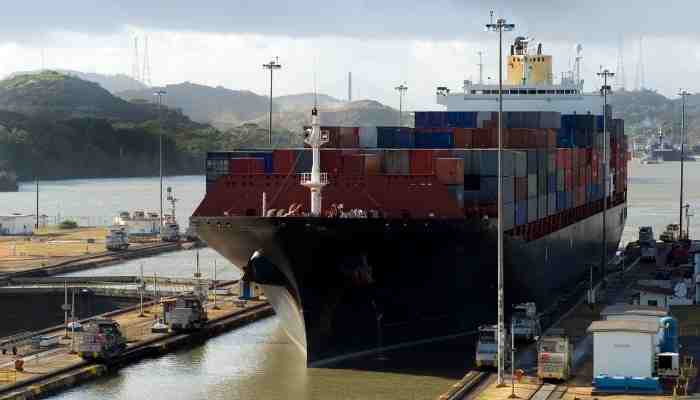

Approximately 6% of all maritime shipping in the globe, mainly from the US, China, and Japan, uses the canal. During the drought season, which lasts from January to May, the Panamanian Canal Authority (ACP) has been compelled to restrict the largest ships passing the canal for the sixth time.
The two man-made lakes that provide water to the Panama Canal are Alajuela and Gatun. A network of tier-locked canals pumps around 200 million litres of water into the ocean for each ship to pass through.
These reservoirs, which can rise up to 26 metres above sea level, gather rainwater and use it to power the locks.
According to the ACP, Alhajuela’s water levels dropped by seven metres, or more than 10%, between March 21 and April 21.
According to Erick Cordoba, the ACP’s water manager, a decrease in water reservices is the immediate result of the lack of rain.
The Neopanamax vessels, which are the biggest and pay the highest tolls, have a smaller draught, which has an effect on commerce as well.
In 2022, more than 14,000 ships travelled the waterway carrying 518 million tonnes of cargo, bringing in $2.5 billion for the Panamanian government.
The major danger to shipping in the canal, according to Ricaurte Vasquez, the canal’s administrator, is a lack of water, according to a recent interview with the Panamanian news outlet SNIP Noticals.
Only three billion cubic metres of fresh water were available in 2019, as opposed to the 5.25 billion cubic metres needed to sustain the canal.
It raised red flags for the authorities, who fear that it may prompt shipping corporations to seek out different routes. They are also looking for answers to the water crisis.
According to the previous administrator Jorge Quijano, who spoke to AFP. The canal won’t be able to expand in this circumstance without a new reservoir that can contain more water.
Finding new water sources is crucial, especially in light of the regional and global climate change we are currently witnessing.
However, the canal is not the only area impacted by the water shortage. Supply issues and a number of protests have resulted from a lack of supplies in various areas of Panama.
Reference: Deccan Herald, Euro News
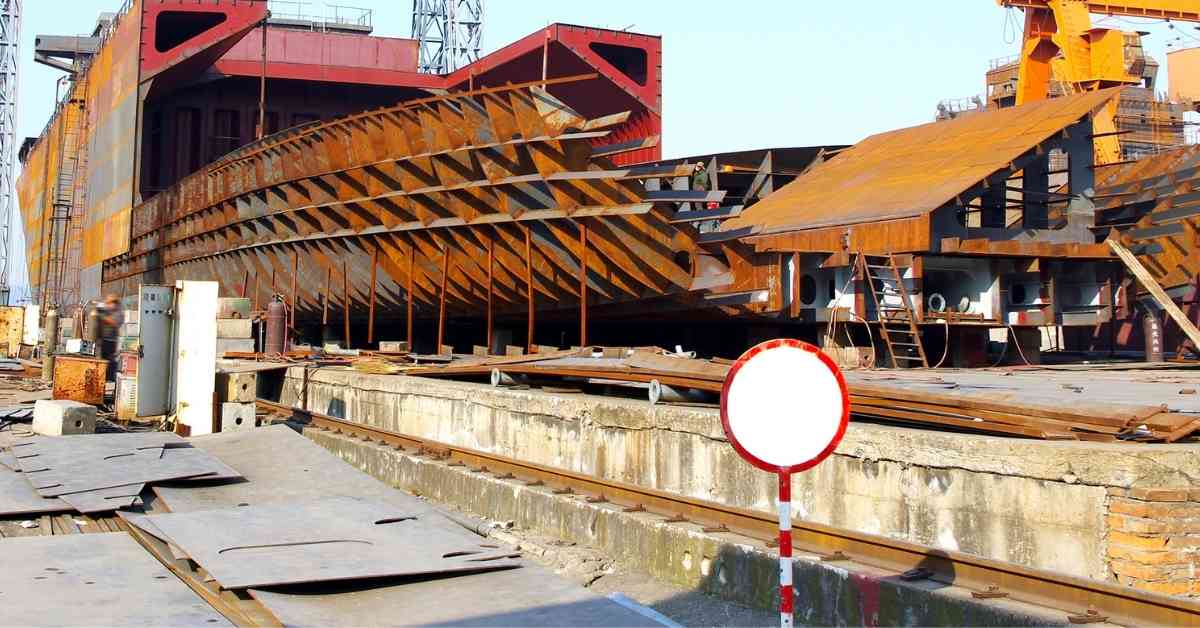

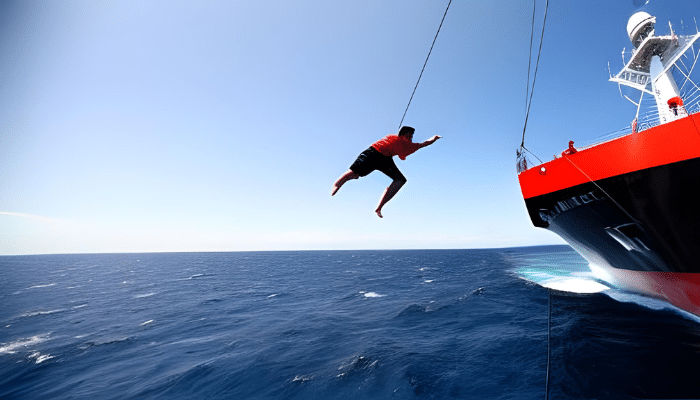

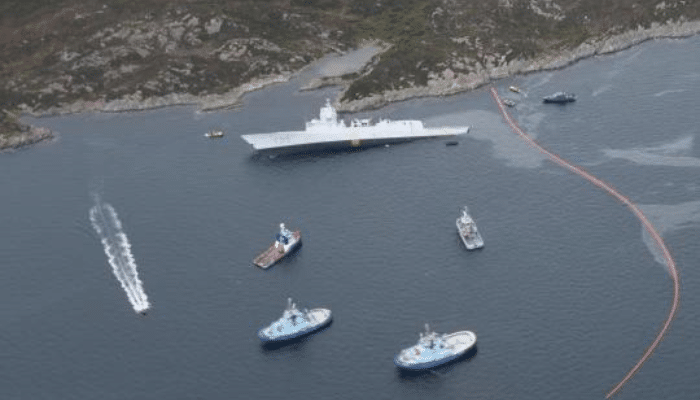

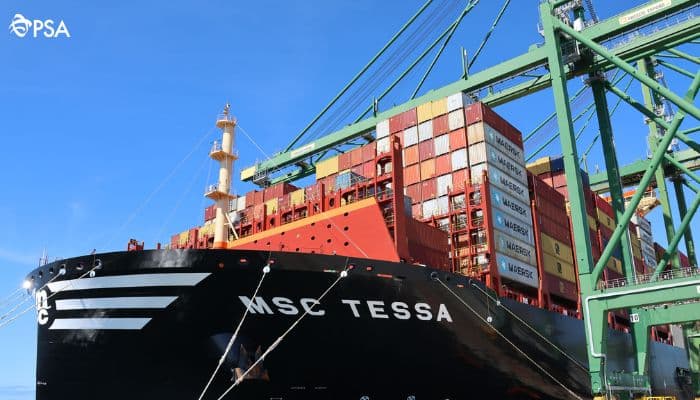



We believe that knowledge is power, and we’re committed to empowering our readers with the information and resources they need to succeed in the merchant navy industry.
Whether you’re looking for advice on career planning, news and analysis, or just want to connect with other aspiring merchant navy applicants, The Marine Learners is the place to be.